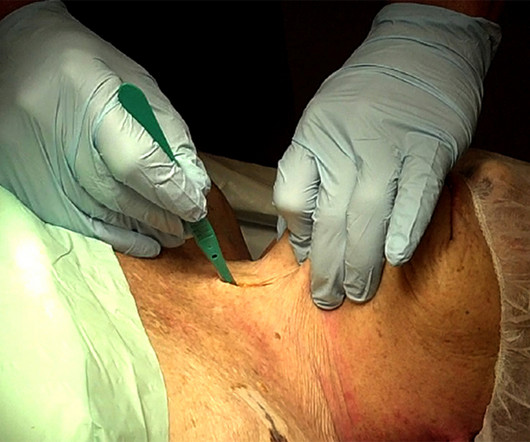ANESTHESIOLOGISTS: BEFORE YOU ADVANCE THAT NEEDLE. A CAUTIONARY TALE
The Anesthesia Consultant
OCTOBER 18, 2017
You utilize the current multimodal strategies for operating room anesthesia and postoperative pain reduction, including an ultrasound-guided adductor canal block with 0.5% 300 mg of morphine, and a light general anesthetic using 1-1.5% 300 mg of morphine, and a light general anesthetic using 1-1.5% He’s right. What happened?











Let's personalize your content